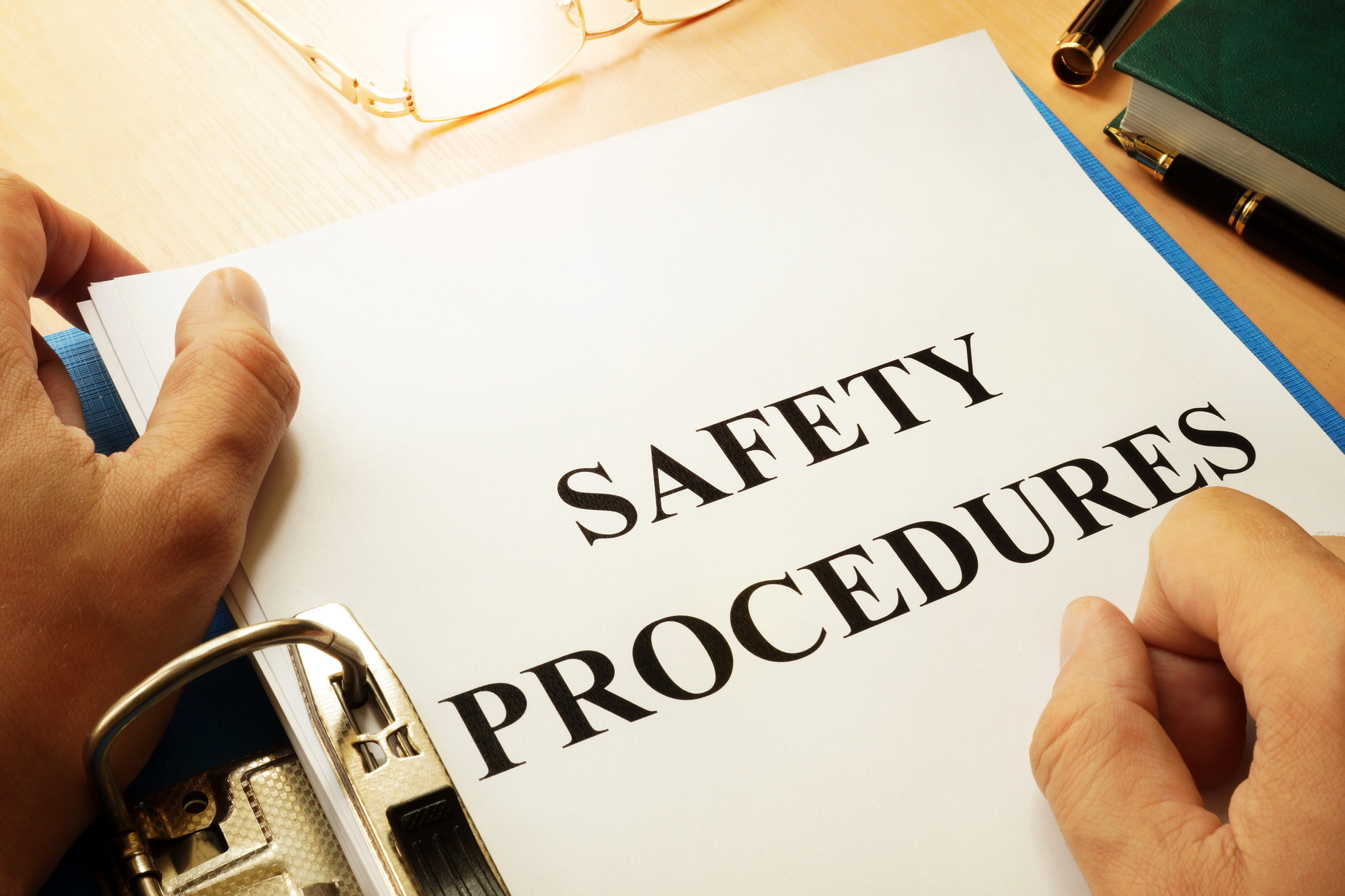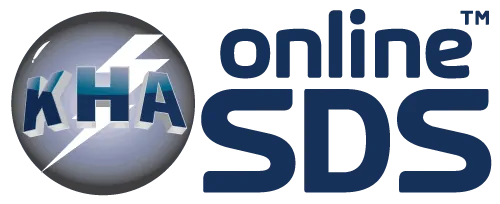Each year, there are approximately 2.8 million nonfatal workplace injuries reported across the US. This number is dreadfully high, but luckily it doesn’t need to be; companies that learn and follow OSHA safety protocols take definitive action to reduce the risk of these injuries.
But what are OSHA safety regulations, anyway? What must your business do to be compliant, both in general and in the era of COVID-19? Read on to answer these questions and to take a closer look at hazard management regulations.
What Are OSHA Safety Protocols?
Occupational Safety and Health Administration (OSHA) protocols are intended to regulate and monitor workplace safety consistently and effectively. Per OSHA’s website that details the guidelines, there are six key outcomes that these protocols strive to attain:
- Preventing injury/illness in the workplace
- Engaging workers as they are on the job
- Improving compliance with existing safety laws and regulations
- Reducing the costs of hazard management (including reduction of worker’s compensation premiums)
- Enhancing worker’s social responsibility
- Creating increased productivity by enhancing the overall operations of your business
The primary objective, of course, is to prevent illness and injury (including death) while employees are at work. OSHA was created in 1970 to ensure that this would happen, and they have been educating those in business ever since then. They set and enforce all standards for health and safety in all industries across the United States.
OSHA encourages businesses to educate their employees about hazards and safety in a basic program and go from there. Beginning with smaller health and safety goals and growing as you achieve, monitor, and evaluate ultimately results in better safety.
General Protocols to Follow
Now that you know the goals of OSHA standards, you likely are wondering what the rules that they impose look like. Their recommended practices for safety and health programs include:
- Management leadership
- Worker participation
- Hazard identification/assessment
- Hazard prevention/control
- Education/training
- Evaluation of the program
- Communication between employees and other businesses
One example of a protocol that must be followed is periodic inspections of a workplace to identify hazards that recur over and over again. Similar incidents must be tracked, logged, grouped together, and analyzed to determine the underlying hazards and manage them. This may sound challenging, but a Safety Data Sheet (SDS) management software can make it simple.
Another example of an OSHA rule is that there must be plans in place to protect workers during all emergencies as well as nonroutine activities. These plans must be put in place, actionable, definitive, and practiced so that workers can get used to them and be prepared in the event of an emergency.
There are OSHA regulations surrounding education as well. All workplaces must be transparent about hazards that could place employees at risk. They must also educate these employees on how to deal with recurring threats to their safety and wellness.
If a career has unique hazards (e.g. warehouse workers that use heavy machinery like bailers), specialized training must also be provided per these codes.
OSHA’s website details the requirements for safety and hazard management in more detail.
COVID-19 Protocol
In 2021, OSHA has needed to create a protocol for reducing the spread of COVID-19 while in the workplace. The goal of this is to ensure that businesses comply with CDC regulations to slow the spread of the virus and keep all US workers in good health. It is necessary to identify the risk of COVID and take safety measures based on the risk assessment.
Identifying Risk of COVID-19
To regulate COVID-19 in the workplace, OSHA has divided job tasks into four potential tiers of risk exposure. These levels are as follows:
- Lower exposure risk (caution) for jobs that do not require workers to be within 6 feet of others for a total of 15+ minutes over the span of one day (i.e. office workers, remote workers, those on WFH orders for the duration of the pandemic)
- Medium exposure risk for jobs that a) require 15+ minutes of 6-foot contact with others in a 24-hour span, or b) require contact with people in areas that have community virus transmission (e.g. outdoor workers who interact with people outside, construction workers, agricultural workers/farmers)
- High exposure risk for those who work with people that are known/suspected to be COVID-19 carriers (e.g. healthcare workers, hospital support staff, medical transport workers, those who work in poorly ventilated indoor spaces)
- Very high exposure risk for those who are exposed to those with COVID-19 in their system specifically in medical professions (e.g. COVID ward hospital workers, morgue workers performing autopsies, lab workers handling COVID specimen)
As workers perform their jobs and move from one task to another, they may move up or down the risk tiers.
Creating a COVID Safe Workplace
The protocol taken will depend on the tier at which your employees fall. Consider the type of contact that employees will be having with others. Think about whether or not those they are coming into contact with (or the employees themselves) have pre-existing conditions or lifestyle needs that place them at higher risk for COVID-19.
Control and prevention come in many forms, which you can read about here. Some of the biggest measures include:
- Wearing cloth face coverings at all times while in contact with others
- Wash your hands with soap and water for at least 20 seconds with CDC approved soap
- Cover coughs/sneezes appropriately
- Stay home if sick or otherwise at risk of being a carrier (as a result of having been in contact with someone who tested positive for COVID-19)
- Avoid close contact with people whenever possible
- Avoid touching your face with unwashed hands
Learn More
Now that you know what OSHA safety protocols are and how they can keep your employees safe, it’s time to begin running reports and analyses of safety hazards and measures taken to nullify them. Schedule a demo of our SDS management service so that you can track what OSHA regulations your business complies with.
Our program scans and indexes SDSs into your database and then downloads them electronically onto your network. You will therefore be able to keep track of compliance and distribute new training materials and tracked hazards to employees to raise awareness of potential risks. We look forward to helping you maintain your workplace’s safety!


